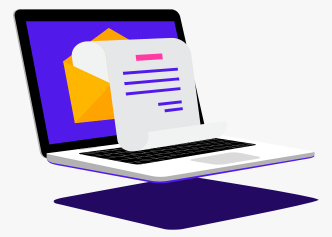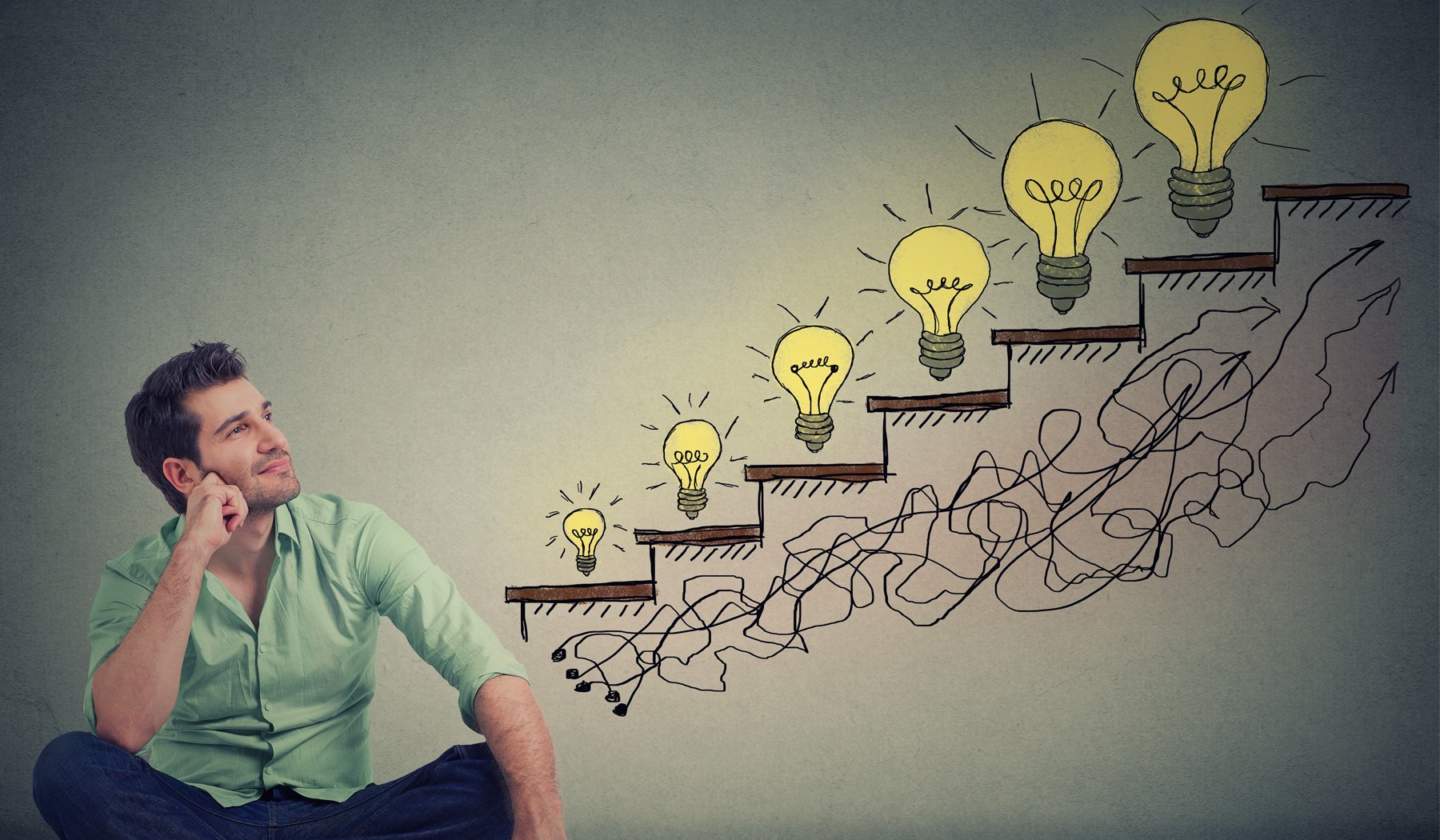SECTION
How to Build and Optimize Your HR Tech Stack: A Strategic Guide

Listen to this article:
Note: This article was updated on April 28, 2025, with essential elements of an HR tech stack, proven benefits, and practical steps to building your own.
As innovative companies strive for efficiency and adaptability, integrating technology into HR processes has become necessary and strategic. A well-integrated HR tech stack enables organizations to manage the entire employee lifecycle with greater efficiency, accuracy, and strategic insight.
However, the ever-expanding array of HR technologies available can often overwhelm rather than empower HR professionals. If you're grappling with a complex HR tech stack, juggling multiple tools that seem more like hurdles than helpers, this blog post is for you.
This article provides a strategic guide to building and optimizing an HR tech stack, emphasizing the importance of integrating technology to enhance HR processes. It outlines essential systems, such as HRIS/HCM, performance management, and employee engagement platforms. It discusses the benefits of this stack, including operational efficiency, strategic decision-making, and an enhanced employee experience. Enjoy your reading!
What is an HR tech stack?
At its core, an HR tech stack is a collection of software tools and technologies strategically integrated to streamline and enhance various HR functions. Imagine it as a digital toolkit, where each tool serves a unique purpose, contributing to the overall efficiency of HR operations.
A strong tech stack covers core HR functions such as onboarding, payroll, performance management, learning, and engagement. These tools help HR teams reduce admin work to make time for strategic decisions and support employee well-being.
Most importantly, a cohesive tech stack integrates these tools into a single framework, avoiding information silos and creating a seamless HR experience for users.
Core systems in an HR tech stack
Building a robust HR tech stack involves strategic selection and integration of various components, each serving a specific function within the intricate tapestry of HR management. Here, we dissect the critical components that constitute the backbone of a well-optimized HR tech stack.

HR tech stack components
1. Human Resource Information System (HRIS) and Human Capital Management (HCM) systems
These systems form the backbone of your HR tech stack. An HRIS or HCM platform stores, manages, and centralizes HR-related information and automates essential administrative tasks like time tracking, benefits enrollment, and compliance documentation.
Often integrated with document management software, HRIS or HCM systems include work histories, organizational charts, and employee records.
With this kind of system, HR teams have a single source of truth to carry out their daily activities, ensure data accuracy, and quickly generate reports for audits, workforce planning, or leadership decision-making.
2. Performance management tools
Performance management software supports continuous team and business performance improvement by facilitating performance evaluation, continuous feedback, goal setting, tracking progress over time, and performance analytics.
This system aligns individual objectives with organizational strategy and provides visibility into workforce capabilities. Features like 360-degree feedback, performance check-ins, and development tracking enhance leadership support and help people truly grow.
3. Employee engagement platforms
Engaged employees are more productive, motivated, and committed to delivering excellent work. These platforms increase engagement and productivity and play a key role in fostering a sense of belonging and connection with the organization.
Employee engagement platforms often provide tools such as surveys, recognition, and internal communication. They enable HR teams and leaders to monitor morale, collect anonymous feedback, and implement initiatives that promote a positive company culture.
4. Payroll and time tracking tools
Accurate payroll processing is essential for compliance and employee satisfaction. These systems automate the calculation of employee salaries, benefits, and deductions while integrating with attendance tracking to reduce errors. Real-time dashboards offer HR and finance leaders insight into labor costs and trends.
Paired with compensation management software, these tools ensure fairness, enhance transparency, align pay with performance, and aid strategic decision-making for a competitive workforce.
5. HR analytics and dashboards
Data is at the heart of modern HR strategy. Analytics tools compile and visualize workforce data to reveal trends in turnover, performance, hiring efficiency, DE&I, and more.
Custom dashboards provide HR and people leaders with insights that support informed, proactive decision-making. They also help position HR as a strategic partner that drives business growth.
6. Learning management systems (LMS)
A culture of continuous learning drives innovation and retention. LMS tools help HR and leaders assign courses, track progress, and evaluate learning outcomes. They support upskilling and reskilling initiatives and ensure regulatory training is completed on time.
Benefits of having an HR stack
Implementing a well-crafted HR tech stack isn't just a technological upgrade; it's a strategic investment that yields many benefits, transforming how organizations manage their people.
Operational efficiency
By automating repetitive, manual tasks—such as leave approvals, onboarding, or payroll—you gain a substantial boost in productivity, allowing you to accomplish more in less time. When routine administrative tasks are automated, HR teams can focus on high-impact activities that drive organizational growth and development.
Strategic decision making
With integrated analytics and reporting, HR leaders can assess trends and make proactive decisions on hiring, engagement, performance improvement, and succession planning.
Enhanced employee experience
Team members interact with HR tech stacks at multiple touchpoints during the employee lifecycle stage. When these systems are intuitive, responsive, and integrated, the user experience improves.
Plus, people today expect a seamless digital experience in the workplace, mirroring their interactions in their personal lives. Access to digital HR tools with efficient interactions satisfies these expectations and fosters engagement, productivity, and an enhanced overall employee experience.
Compliance and risk management
Built-in compliance tracking ensures alignment with data protection laws, labor regulations, and industry-specific requirements. Notifications and audit trails minimize risk exposure.
Cost optimization and scalability
A well-chosen tech stack eliminates redundant tools, lowers manual labor costs, and scales easily as the organization grows. Cloud-based solutions support expansion across regions and business units.
Time saved through automation translates directly into cost savings for the organization.
How to build and refine your HR tech stack

Steps to build an HR tech stack
Step #1: assess current tools
Before building or refining your HR tech stack, start with a comprehensive audit of existing systems. Ask the following questions and see where you stand:
- What is the level of automation of my current HR processes?
- What is the user satisfaction level?
- How efficient is the team when using these tools?
Evaluate the strengths and weaknesses of existing systems, identifying pain points and areas for improvement. Understanding your current HR landscape provides a solid foundation for making informed decisions while selecting and integrating new technologies.
Pro tip: Solicit feedback from users to uncover usability or integration challenges.
Step #2: align with organizational goals
Aligning your HR tech stack with your HR department's broader goals and priorities is paramount for success.
Are you focused on scaling hiring, improving retention, or enhancing employee development? Your HR tech stack should support those strategic priorities.
This approach enhances the impact of your HR tech stack and creates a roadmap for measuring its effectiveness in driving specific outcomes aligned with your organizational objectives.
Step #3: do a thorough research & establish your budget
Explore the market to understand the diverse solutions available, considering key factors like features, scalability, or flexibility. Consider emerging trends, innovative functionalities, and the adaptability of each solution to ensure your HR tech stack remains current and future-proof.
Then, assess your organization's financial capacity and determine the funds available for technology investment.
Consider the upfront costs and ongoing expenses, including maintenance, updates, and potential scalability costs. Prioritize solutions that offer the best value within your budget constraints, avoiding unnecessary costs that may strain resources.
Step #4: map the employee journey
Then, break down the entire employee lifecycle into phases and assign technology solutions that support each stage—from recruiting and onboarding to offboarding. This ensures complete coverage of the needs of the entire employee journey.
Step #5: evaluate integration capabilities
Siloed systems reduce effectiveness and are counterproductive. Ensure new and existing tools integrate seamlessly through APIs or shared platforms. This enables a single source of truth and streamlines reporting.
Step #6: prioritize user experience
Choosing tools that are intuitive, visually clean, and supported by strong customer service could make a difference in user adoption rates. A positive user experience ensures high adoption rates and reduces the training burden.
Step #7: review security and compliance features
HR plays a critical role in making sure that sensitive data is protected and employees adhere to relevant regulatory requirements. This is something that your HR tech solutions need to support.
Ensure tools comply with local and international regulations and offer features like role-based access, data encryption, and audit logging.
For example, if you do business in Europe, your vendor of choice needs to be GDPR-compliant. Additionally, confirm that the vendor's algorithms are transparent and subject to frequent audits.
Step #8: implement in phases
This is probably the most important step out there—don’t try to overhaul everything at once because you risk ending up with an inefficient tech stack.
Instead, create a phased implementation plan based on urgency and ROI. Pilot new systems with small teams before rolling them out organization-wide and collect their feedback. By involving end-users in the decision-making process, you gain valuable insights into their needs and expectations.
Step #9: measure and optimize
Establish KPIs for your tech stack (e.g., time-to-hire, onboarding completion rate, engagement scores) and review them regularly. Use feedback and analytics to refine your tools and processes.
Step #10: consider company culture compatibility
When building or refining your HR tech stack, it's imperative to consider how well potential solutions align with your company's unique culture. Try to seek technologies that complement and enhance this cultural framework.
An HR tech stack that resonates with your company culture fosters better employee adoption rates, as it feels like a natural extension of the work environment. It contributes to a smoother integration process, ensuring that the tools meet operational needs and contribute positively to the overall employee experience.
Mirro: The modern HR tech stack platform
Mirro offers a streamlined, all-in-one HRIS platform that unifies critical HR functions into a single intuitive interface.
We created a tool that stands out through its user-friendly interface, customization, security, automation, and robust reporting features. It ensures full compliance, regular updates, and feedback integration so your teams can use it confidently.
We designed Mirro with the user in mind:
- For HR professionals, it brings all needs into one easy-to-use software that saves massive amounts of time. Mirro streamlines HR processes, enhances data accuracy, and cuts down manual HR admin work, all while having complete visibility of the organization.
- For executives and managers, it supports informed decision-making through robust reporting features. Mirro helps leaders boost talent retention and performance while keeping teams happy and productive.
- For employees, it's the perfect hub to develop strong workplace relationships, purpose, and performance. Mirro helps people stay up-to-date with everything happening in the company, all while leveling up their careers.
Mirro is the only HR software you and your team will ever need. It facilitates workplace community, communication, and engagement. Schedule a demo now and see what our specialists can do to help you streamline your HR stack.





